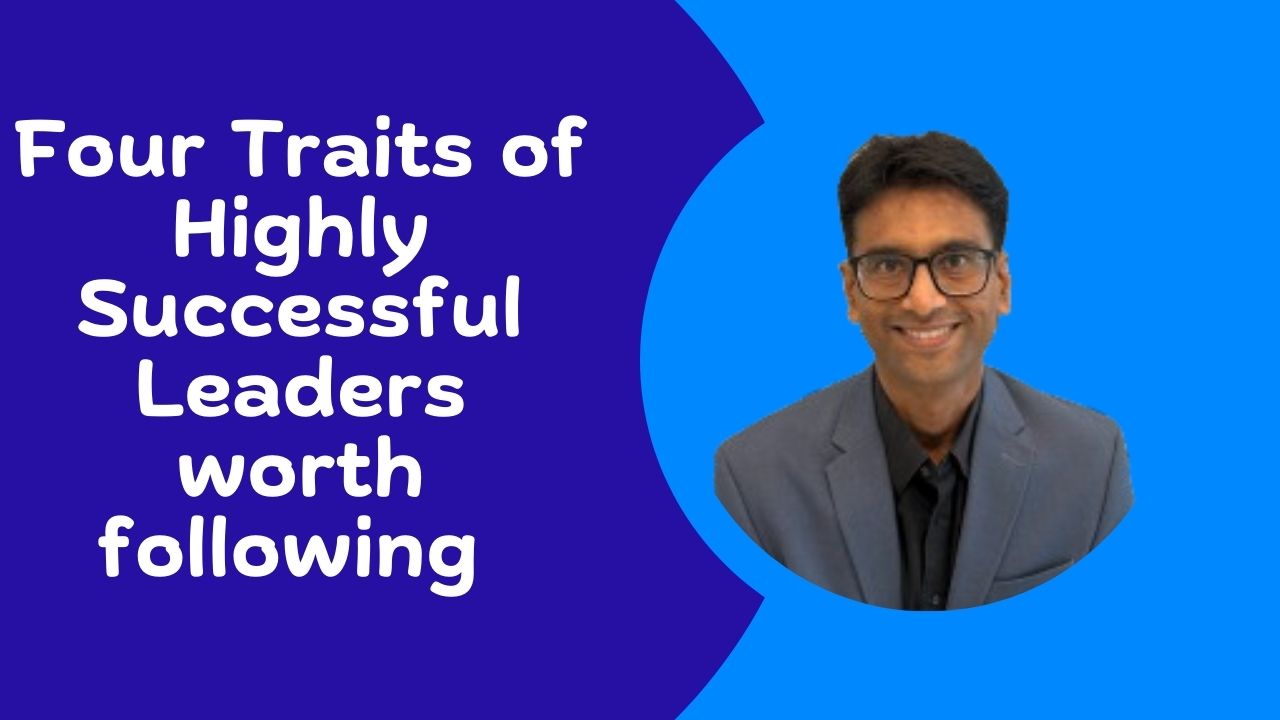
As leaders, one of the important responsibilities we have is to make decisions and sometimes difficult decisions, when we don’t usually have all the information that we need to make them and one’s that could have a significant impact on us, our teams and the entire business. I’ve written in the past about good decision making here (How to Make Good Decisions) and here (Making Infinitely Better Decisions in Life and In Business) and many more here.
The more important a decision tends to be, the less clear the choice seems to be. A lot of times, the options we have seem to equally good (when we are lucky) or equally bad (when we are not that lucky) and we are expected to pick among them.
These are times when we are expected to use our best judgement and make a decision based on that. If this is the case, the question then to ask is how do we continue to improve our judgement so that, on average, we are able to make better judgement calls than bad one’s.
There are many theories in the science of decision making that deals with this very question. Nobel prize winner Daniel Kahneman and his work on biases and decision making seems to be very well received. One can really learn a lot through his books – Thinking Fast and Slow and more recently, Noise.
However, one thing that I would love to see more often when we are faced with such situations as leaders, is to involve our teams in the decision making process. We still own the decision and the outcomes from the decision.
However, if definitely think that we can present the situation as it stands to people on our team (individually or as a team) and ask them for their opinions or how would decide, given the information we have at hand. Then try to understand why they would decide as such. This has surprising benefits for us as leaders, for the people we consult and the overall team in the long term.
Firstly, the people we consult understand the dilemma’s that one faces as leaders and are able to exercise their own judgement and decision making process with little to no risk for them and the team. They feel important that their opinion is being sought. They feel seen and heard.
As leaders, we get a better understanding of how the people we lead think about the problem. And if we have done our job of developing cognitive diversity within the team, we can be confident that we will hear and learn about perspectives of looking at the decision which we ourselves did not think of.
This also helps us in identifying potential successors and also uncover potential coaching opportunities. It is these coaching moments that are really powerful and remembered years from now. The coaching moments could be both ways, you get to coach the team or the other way around. As leaders, we need to be open for both the possibilities.
This has the potential to not only improve the overall quality of the decision, but when done well, has the potential to improve the overall quality of decision making within the team.
After the discussions, as leaders, we get to make the decision. The important thing is then to go back to those whom we spoke to and share our thinking and rationale behind the decision. Knowing that we will need to do this ensures that we think through the rationale deliberately. When done well and with the team, the chances are that the decision will be accepted or followed through by the team, in case, it affects them in some way.
This process doesn’t stop here. Once we get to know if our decision was the right one or not, it is a good idea to acknowledge it and learn from it – both if it was the right decision or if it turned out to be a bad decision.
Conclusion:
When we involve our teams in this way and follow through with this process, we are truly being good leaders. We are helping our team members exercise and improve their judgement under a low stake environment, so that by the time they get to a high stake decision, they already have the ability to make good judgement calls.
We are also creating a pipeline of future leaders who can make better decisions under conditions of ambiguity or under uncertainty.
All of this doesn’t need to take a lot of time. We can do these in our 1-1 meetings or during team meetings or during water-cooler conversations.
A word of caution: The important thing here is that we should not make it a habit of going to the same set of people all the time as that would then be treated as favouritism and can have the exactly opposite effect and can break the team morale. We need to find a way to involve everyone in the team, based on their experience, expertise and insights.



One thought on “Making Judgement calls”
Comments are closed.